When we think of growth marketing, we often imagine big ad budgets, influencer tie-ups, or social media campaigns.
But some of the world’s best growth stories didn’t look like marketing at all. They happened because people loved the product, used it, and shared it — without any push from the brand.
That’s exactly what happened recently with ChatGPT.
If you’ve been wondering why your social media feed was filled with beautiful Ghibli-style portraits — here’s the story behind it.
OpenAI launched a new tool inside ChatGPT that lets users turn their photos into anime-style images.
But what really grabbed attention was a special feature that transformed photos into the iconic Studio Ghibli style — loved by millions.
Naturally, people got curious.
Seattle-based software engineer Grant Slatton was one of the first to try it — he turned his family photo into a Ghibli-style image and shared it on X (formerly Twitter).
That one post went viral. His post has so far got nearly 50 million views, followed by more than 45,000 likes.

Millions started using the tool, sharing their AI-generated art on social media, and driving massive traffic back to ChatGPT.
There were:
- More Daily Active Users (DAU)
- More Monthly Active Users (MAU)
- Massive organic word-of-mouth
This is what we call product-led growth, where the product itself becomes the biggest driver of user acquisition and engagement.
But This Wasn’t The First Time ChatGPT Grew Like This
If you look back at the original ChatGPT launch in November 2022 — the story is very similar. ChatGPT became the fastest-growing product in the world.

OpenAI allowed everyone to experience the product for free. There was no payment barrier. No complicated onboarding. No restrictions. Anyone could visit the website, sign up, and start chatting with the world’s smartest AI.
This strategy worked so well that Sam Altman, the CEO of OpenAI, publicly shared this milestone:
“ChatGPT reached 1 million users in just 5 days.”
To help you understand how big this is — here’s a simple comparison:
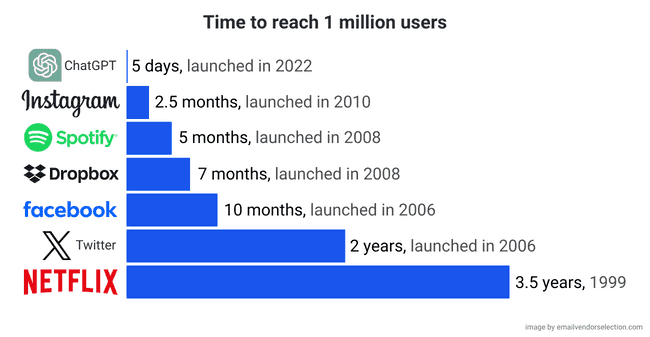
This brings us to the golden rule of product marketing where omnichannel brands need to allow people to experience their product first!
The best marketing doesn’t feel like marketing — it feels like value.
Dharmesh Shah, Co-founder & CTO, HubSpot
Table of Contents
1. The Golden Rule of Growth Marketing
Every successful growth campaign — at its core — is built on one simple idea:
People believe what they experience. It’s just human nature.
For example, you’re walking past an ice cream shop. Someone from the store offers you a small free spoon of a new flavour you’ve never tried before.
Now, because you’ve tasted it — your hesitation goes away. You know it’s good. And chances are, you’ll walk in and buy the full scoop.
This is exactly how product-led growth works.
Instead of telling people how good your product is through ads — you show them. Let them use it. Let them experience it. Let them feel the value for themselves. This builds trust faster than any advertisement ever can.
1.1 Why Does This Work So Well in Growth Marketing?
Customers today are bombarded with marketing messages everywhere, social media, search ads, influencer content, and more. But all of that is just noise until they personally feel the product’s value.
That’s why great growth marketing focuses on reducing friction.
Remove barriers. Offer trials. Give free samples. Create irresistible offers that get people to try. Because once they try and love the experience — they’ll come back. They’ll tell their friends. They’ll trust your omnichannel brand.
This is how long-term growth happens — not just through spending on ads, but by designing moments where the product speaks for itself.
2. Why Is Growth Marketing No Longer Just About Running Ads?
When omnichannel brands plan a growth marketing strategy, they usually have two choices:
- Spend on Distribution — run ads, reach more people, drive visibility. It works to get attention but doesn’t always build trust.
- Spend on Product Experience — let people try the product first through free trials, samples, or offers. Once they experience the value, they’re more likely to buy, stay, and tell others.
That’s why product-led growth works better — people trust what they experience, not just what they see.
2.2 Why Is This Even More Powerful in SaaS?
SaaS (Software-as-a-Service) companies thrive on product-led growth because of the nature of the business model. Once a user signs up and starts using a SaaS product, several factors keep them engaged for longer:
- The product becomes part of their workflow (habit-forming)
- Auto-renewals make subscriptions easy to continue
- Switching to a competitor requires effort and learning
That’s why SaaS growth campaigns often lead with free trials, freemium models, or time-limited offers — they know that if the user sees value in the first few days, they’re very likely to stick around and become paying customers.
3. Top 5 Growth Marketing Campaigns That Worked Like Magic!
Here are a few smart campaigns where omnichannel brands gave people a reason to try — and saw incredible growth in return.
3.1. Wakefit’s Pillow Exchange Program
- Campaign: Pillow Exchange Program
- Objective: Drive store footfall by offering new pillows in exchange for old ones. (Read more – How To Scale Up Your Store Sales By Increasing Footfall?)
- Impact: Increased offline traffic, cross-selling of other products like mattresses and furniture, and strong word-of-mouth.
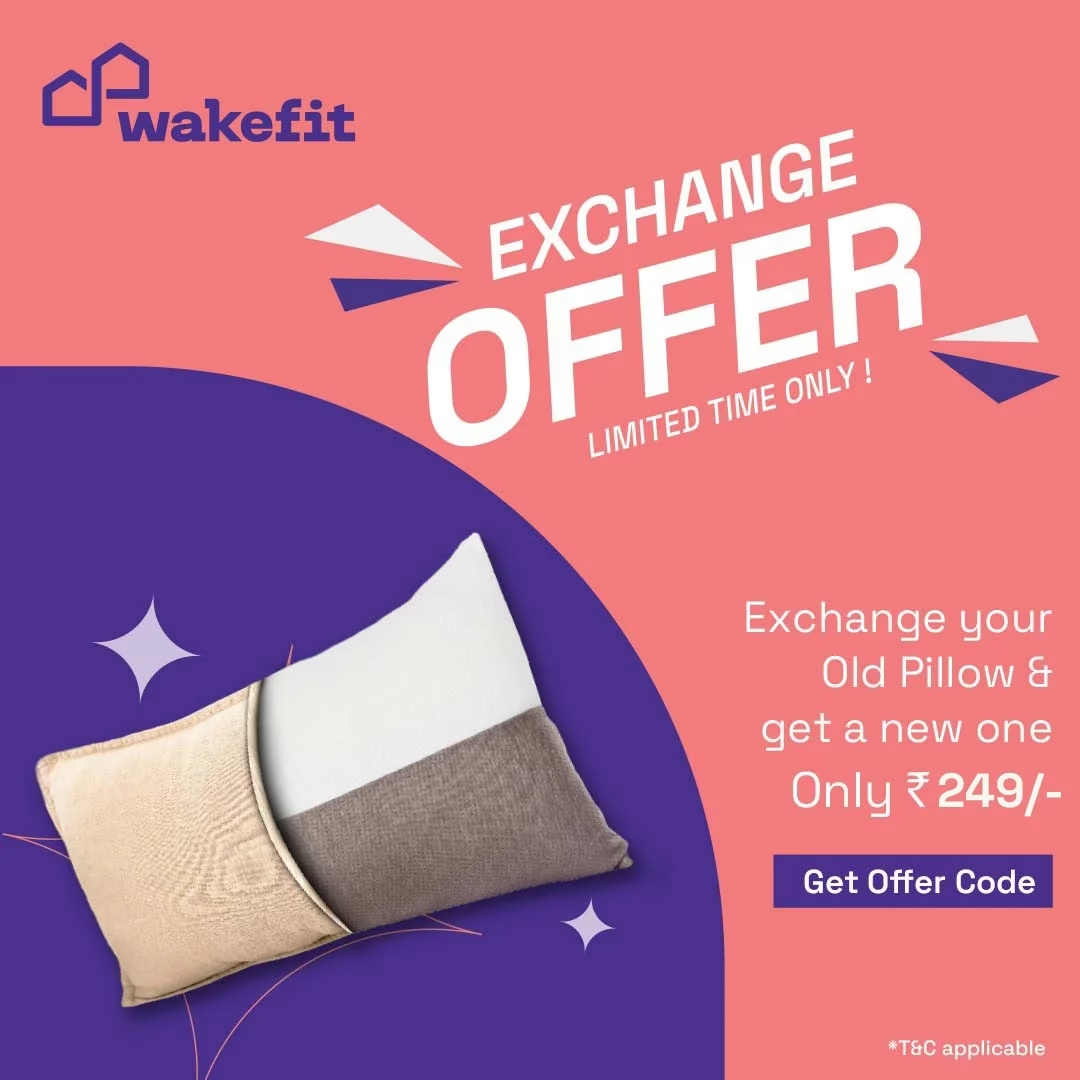
3.2. MyGlamm’s Free Lipstick Campaign (2020-Present)
- Campaign: Free Lipstick Campaign
- Objective: Remove hesitation for first-time buyers and encourage sign-ups.
- Impact: High user acquisition, product trial, and increased repeat purchases across beauty and skincare categories. (Read more – Everything You Need to Know About Repeat Customer Rate)
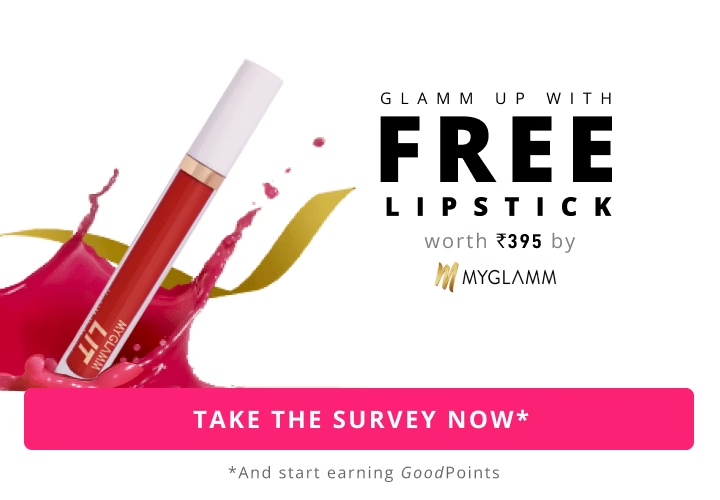
3.3. Uber’s Free Ride Campaign
- Campaign: Free Ride & Referral Program
- Objective: Drive new user sign-ups and encourage trial by offering first ride free, referral bonuses, and promo codes.
- Impact: Rapid user adoption across India, increased app downloads, organic word-of-mouth, and higher repeat usage through incentive-based referrals.

3.4. The Dropbox Referral Program
- Campaign: Referral Program
- Objective: Drive user acquisition by encouraging existing users to refer friends in exchange for extra free storage space.
- Impact: 3900% user growth in 15 months — from 100K to 4M users; 33.9M users by 2017; achieved viral growth at low customer acquisition cost.
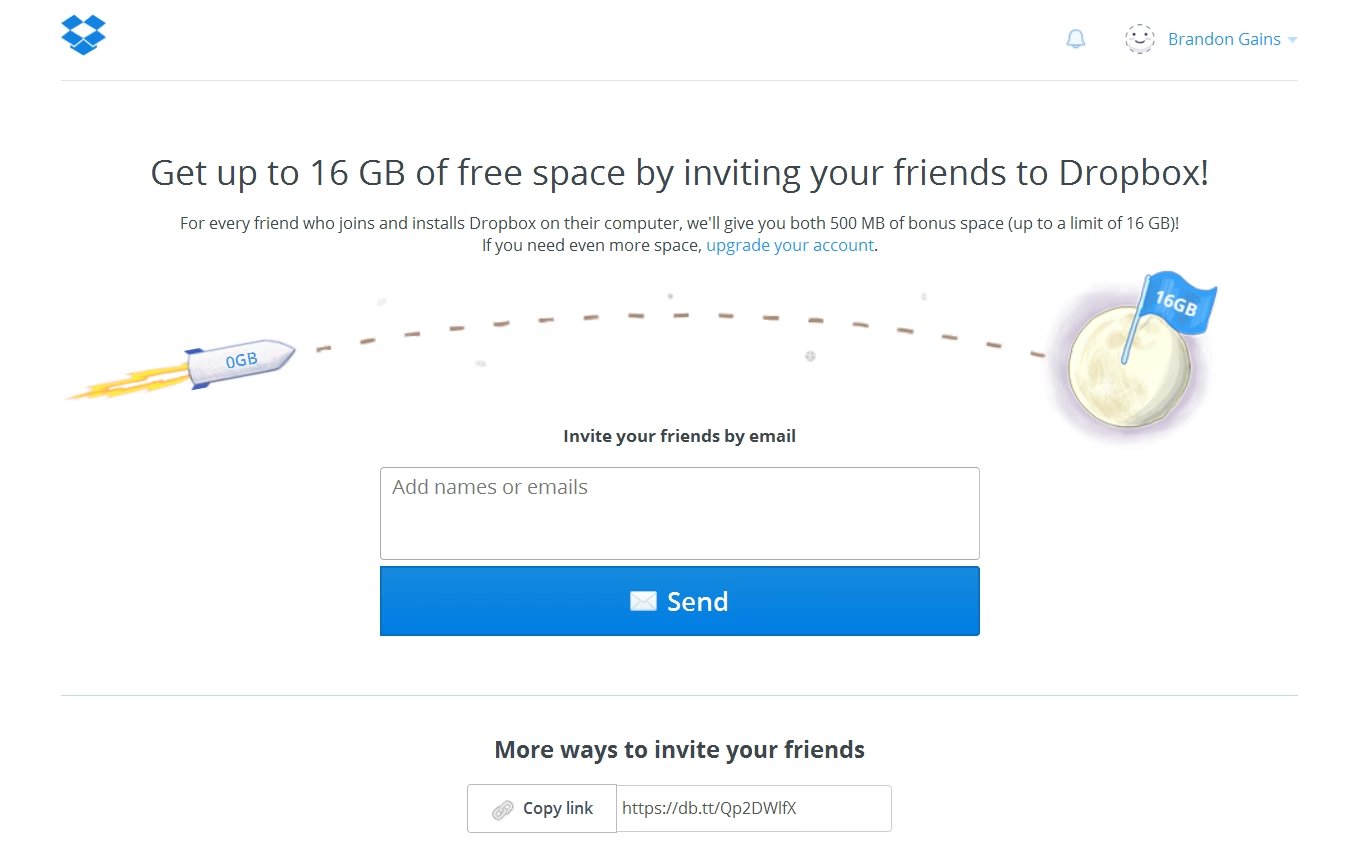
3.5. OnePlus’ Invite-Only Phone Sales
- Campaign: Invite-Only Phone Sale
- Objective: Build exclusivity and brand buzz around product launch.
- Impact: Created curiosity, demand, and positioned OnePlus as a premium brand while driving organic word-of-mouth.
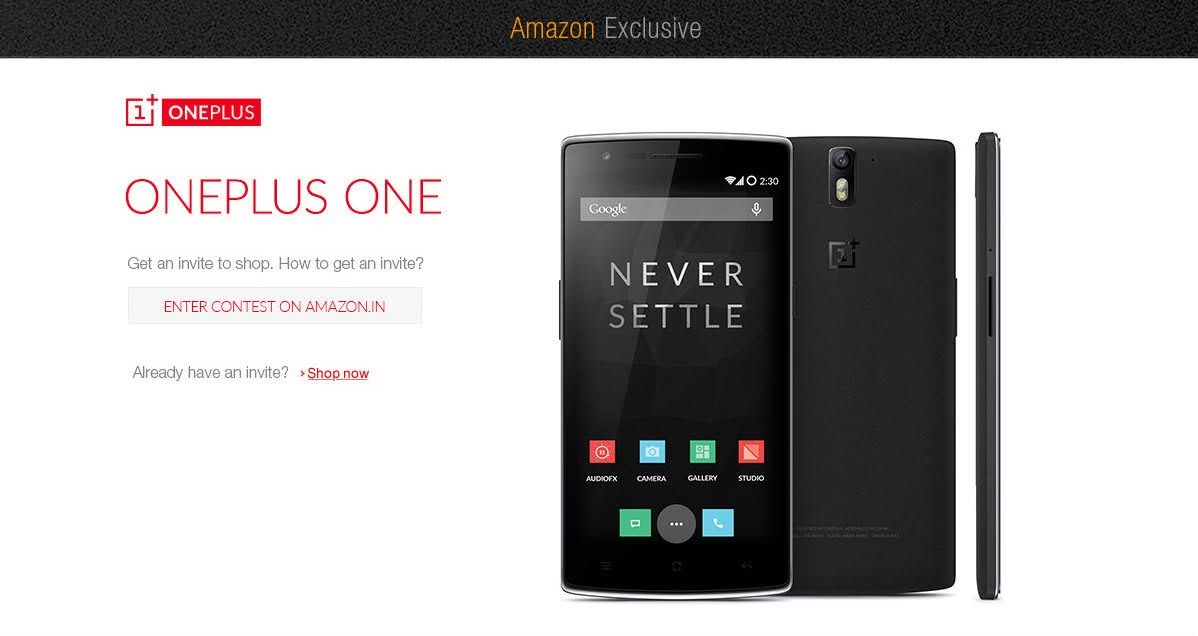
4. Conclusion
The core idea of growth marketing is simple — let people try your product first, free or with little risk, and let the product do the selling.
It works because good products turn into habits.
We’ve all seen this — free lipstick offers, Uber’s free rides, or how most of us started using ChatGPT for free before upgrading.
That’s growth marketing in action.
If you’d like to discuss how we can help enhance your growth marketing strategies, we’d be happy to set up a consultation call. Feel free to reach out to us at alibha@daiom.in
For more informative content and blog, follow and stay tuned to DAiOM.
Subscribe to our NEWSLETTER!


